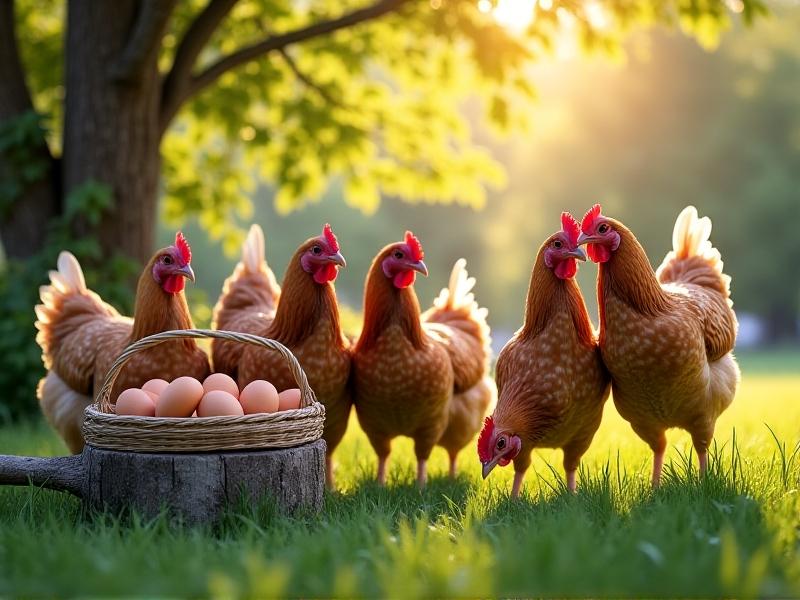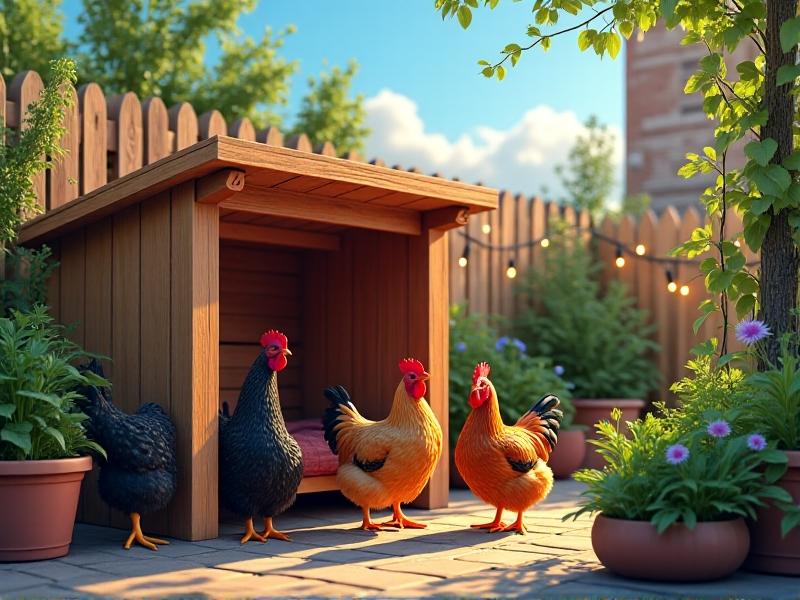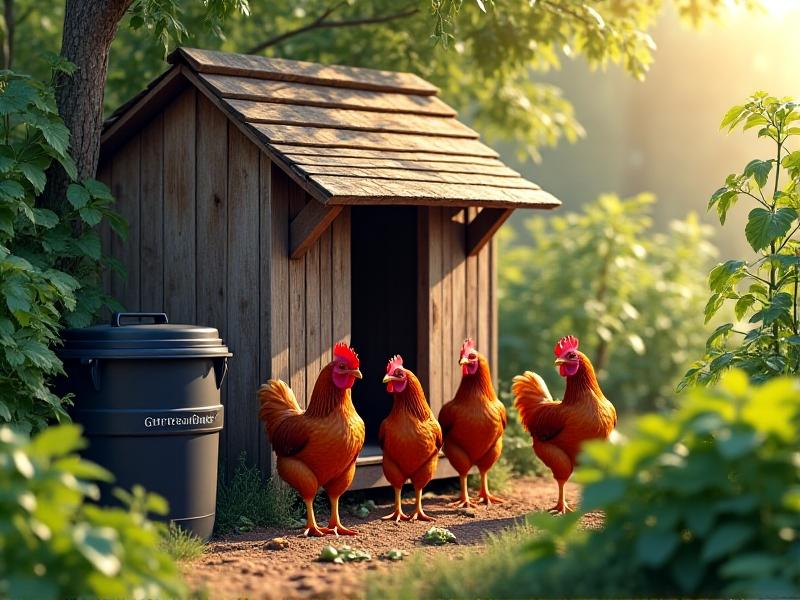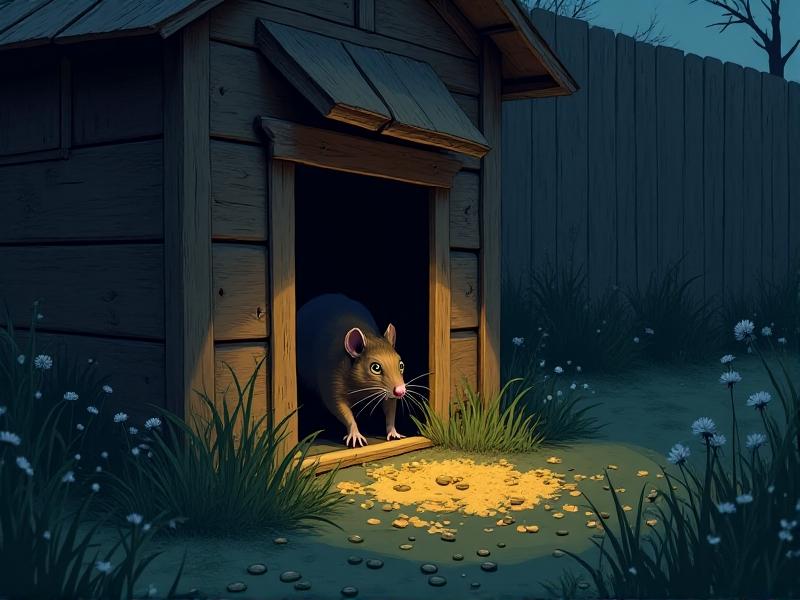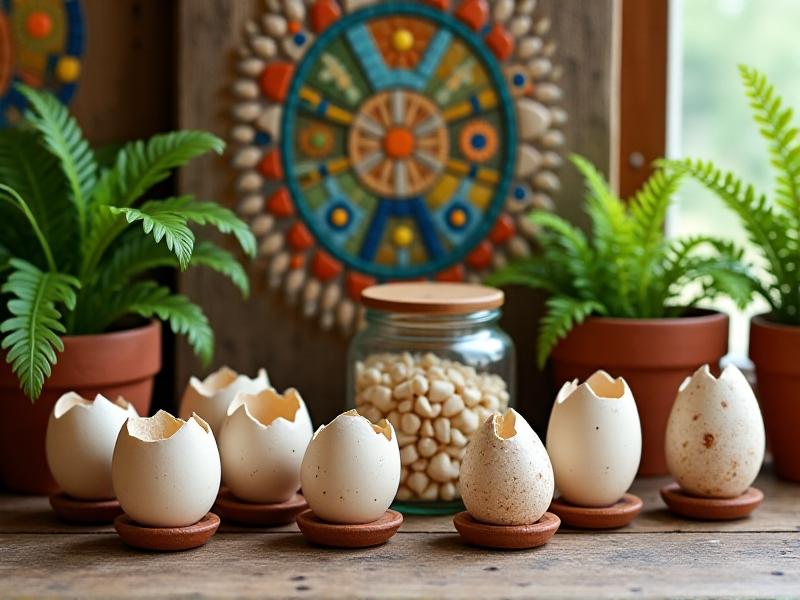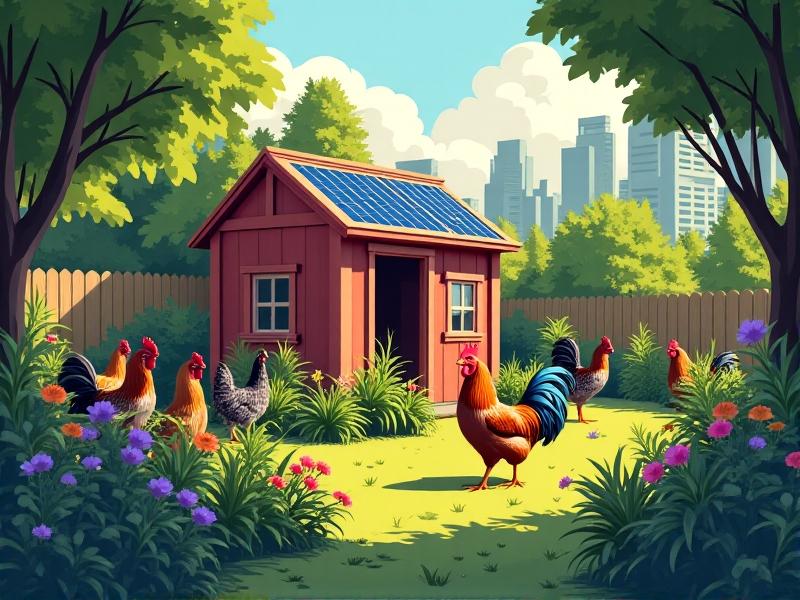Dust Bath Alternatives for Concrete Yards
The Importance of Dust Baths for Animal Health
Dust bathing is a natural behavior observed in many animals, including chickens, squirrels, and sparrows. This ritual isn’t just about staying clean—it’s a critical part of their health regimen. When animals roll or flap in loose substrate, they dislodge parasites, absorb excess oils, and maintain feather or fur quality. In arid environments, dust baths also help regulate body temperature. For pets and backyard poultry, denying access to dust baths can lead to stress, mite infestations, and skin infections. Understanding this instinctual need is the first step toward designing humane alternatives for spaces without natural soil, such as concrete yards.
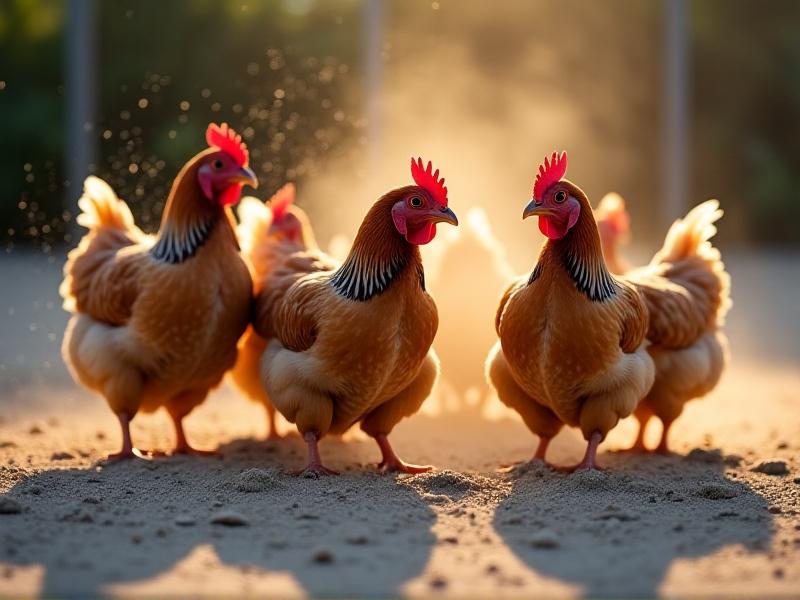
Challenges of Concrete Yards for Natural Dust Bathing
Concrete yards, while low-maintenance and durable, create a barrier between animals and their instinctual habits. Without loose soil or sand, animals may resort to scratching at hard surfaces, leading to injuries or stress. Pet owners often notice repetitive behaviors, like pacing or over-grooming, when animals lack enrichment opportunities. Additionally, concrete doesn’t drain well, making it prone to puddling and unsanitary conditions. Designing a functional dust bath area in such spaces requires creativity—balancing accessibility, hygiene, and safety while mimicking natural textures animals instinctively seek.

Sand-Based Dust Bath Solutions
Fine sand is one of the most effective substitutes for natural soil in dust baths. Its granular texture mimics dry earth, allowing animals to dig and roll comfortably. To set up a sand bath, use a shallow container like a kiddie pool or wooden frame and fill it with construction-grade or play sand. Add diatomaceous earth (food-grade) to deter parasites, or dried herbs like lavender for aromatherapy benefits. Place the bath in a shaded area to prevent overheating and cover it during rain to maintain dryness. Sand is easy to clean—sift weekly to remove debris and replace it monthly to ensure hygiene.

Wood Chip and Mulch Alternatives
For larger animals or spaces, wood chips and mulch offer a sustainable option. Cedar chips naturally repel insects, while untreated hardwood mulch provides a soft, diggable surface. Avoid aromatic woods like pine for small pets, as resins can irritate sensitive respiratory systems. Layer chips 4–6 inches deep in a contained area, such as a raised bed or bordered corner. This setup doubles as a foraging zone—hide mealworms or seeds to encourage natural scratching behavior. Over time, wood chips break down into compost, enriching nearby garden beds. Refresh the top layer every 2–3 months to maintain freshness and structure.
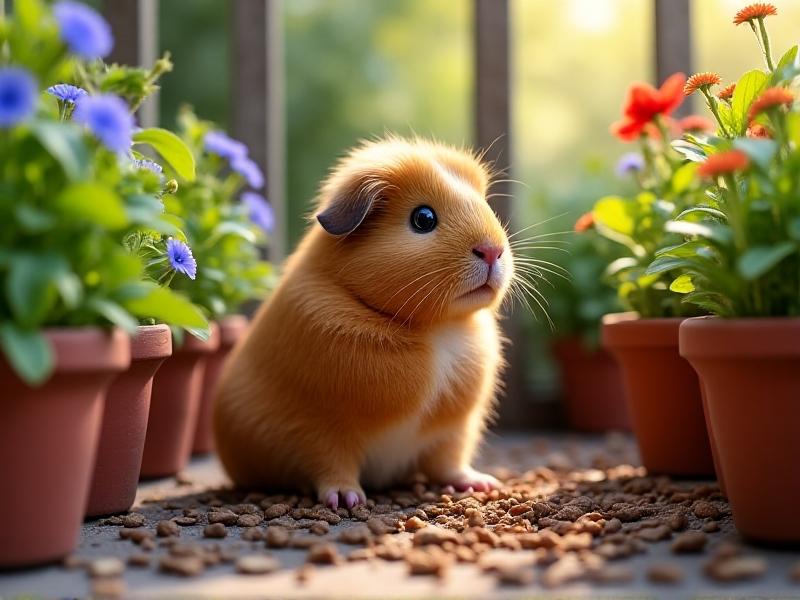
Diatomaceous Earth: A Dual-Purpose Option
Diatomaceous earth (DE) is a fine, powdery substance made from fossilized algae. When mixed with sand or soil, it acts as a desiccant, dehydrating parasites like mites and fleas. Use food-grade DE to ensure safety for animals—avoid pool-grade variants, which contain harmful silica. Incorporate a 10% DE-to-sand ratio in dust baths for chickens or small pets. Note that DE loses effectiveness when wet, so store it in airtight containers and replenish after rain. Always apply it in well-ventilated areas to prevent inhalation, and monitor animals for any signs of respiratory discomfort during initial use.
Creating a Portable Dust Bath Station
Portability is key for multi-use spaces or renters. Repurpose items like storage totes, wheelbarrows, or even old drawers into mobile dust baths. Drill drainage holes to prevent water buildup, and attach wheels for easy relocation. Fill with a mix of sand, dry soil, and herbs. Portable stations let you move the bath to shaded or sheltered areas as seasons change. For urban settings, design vertical baths using hanging planters or wall-mounted trays—ideal for birds or smaller pets. This flexibility ensures animals can indulge in dust bathing without compromising limited outdoor space.
Maintaining Hygiene in Artificial Dust Bath Areas
Artificial dust baths require regular upkeep to prevent bacterial growth and parasites. Remove feces daily using a small rake or sieve. Replace substrate entirely every 4–6 weeks, or sooner if it smells damp. Disinfect containers monthly with a vinegar-water solution, avoiding harsh chemicals. In rainy climates, use waterproof covers or relocate baths under shelters. For communal baths, provide multiple stations to reduce overcrowding and territorial disputes. Monitoring animal behavior—like reluctance to bathe or excessive scratching—can signal when it’s time to refresh materials or adjust the setup.
Benefits Beyond Dust Bathing: Environmental and Behavioral Perks
Dust bath alternatives do more than satisfy animal instincts—they enrich entire ecosystems. Sand and mulch areas attract beneficial insects like ground beetles, which prey on pests. Foraging opportunities reduce boredom, curbing destructive behaviors in pets. Plants grown near dust baths thrive thanks to improved soil aeration from scratched-in organic matter. Additionally, these spaces become focal points for wildlife observation, fostering a deeper connection between owners and their environment. By blending functionality with ecology, concrete yards transform into vibrant, multi-purpose habitats.
